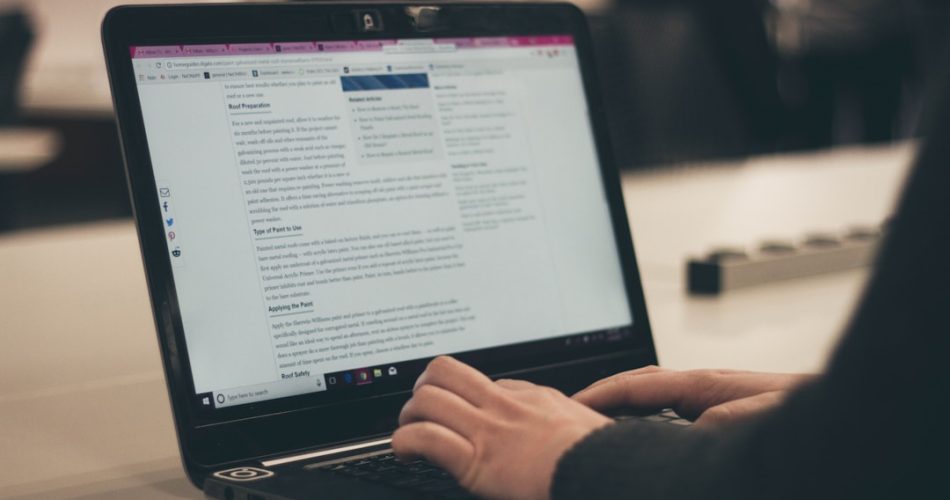Email campaigns offer direct communication to your customers, making crafting messages that grab attention and drive results essential. The success of your campaigns depends largely on how engaging and relevant your content is to your audience. Focusing on the right strategies can increase open rates, build stronger connections, and ultimately drive conversions. Below, we will discuss some essential tips for creating engaging email campaigns for your business. Keep reading to discover how you can elevate your email marketing efforts.
Crafting Compelling Subject Lines for Higher Open Rates
The subject line is the first thing your audience sees, and it plays a significant role in whether they will open your email. A strong subject line should be concise, clear, and interesting enough to capture attention. You want to make sure it entices the reader to click while also reflecting the content of the email to avoid any sense of misleading or clickbait tactics.
You can create urgency by using time-sensitive language or highlighting limited-time offers. This tactic encourages readers to open your email to avoid missing out on an opportunity. When crafting your subject lines, be sure to experiment with different approaches, from offering solutions to posing intriguing questions that pique curiosity.
You can also personalize subject lines to make them more relevant to your audience. For example, using the recipient’s name or referencing a past purchase can make the email feel more tailored. These small touches can significantly boost the likelihood of your email being opened and engaged.
If you need more ideas or inspiration for writing compelling subject lines, you can search online for “agency email marketing” to find various strategies and examples. By studying successful campaigns, you can refine your approach and continually improve your subject lines to maximize open rates.
Personalization Strategies to Boost Engagement

Alt text: A male professional implementing personalization strategies to enhance email campaign engagement
Personalization is a powerful tool for making your emails feel more relevant and engaging. By tailoring your emails based on customer data, you can create a more personalized experience that resonates with your audience. This could be as simple as using the recipient’s name or as sophisticated as recommending products based on previous purchases.
Segmenting your email list based on customer behavior, preferences, or location allows you to send highly targeted messages. Customers who receive content that speaks directly to their interests are likelier to open and interact with the email. This segmentation also helps to avoid sending irrelevant content that could lead to unsubscribes.
Another effective personalization tactic is dynamic content, where the email changes based on the recipient’s attributes. For instance, you could show different product recommendations depending on the customer’s browsing history or previous interactions with your website. This level of personalization can make your email campaigns feel more like a one-on-one conversation than a mass broadcast.
Personalization can also extend to the timing of your emails. You can improve the chances of a positive response by sending messages when your customers are most likely to engage, such as based on their time zone or past email interaction patterns. Using this approach, you demonstrate that you understand your customer’s habits and are willing to cater to their preferences.
Designing Emails That Drive Action and Conversions
The design of your email is just as important as the content itself. An aesthetically pleasing email with clear, easy-to-read formatting ensures your message is accessible and engaging. A clean layout with a clear call-to-action (CTA) can significantly boost conversions by guiding the reader toward the next step: purchasing, signing up for a webinar, or downloading a resource.
When designing emails, consider the user experience across all devices. Many people check emails on their phones, so your email must be mobile-friendly. A responsive design ensures that images, text, and buttons adjust appropriately to different screen sizes, making it easy for your recipients to engage with your content wherever they are.
Incorporating visually appealing elements, such as images, videos, or GIFs, can help break up the text and make the email more visually appealing. However, it is important not to overdo it. Too many graphics can slow loading times or distract you from your primary message. Striking the right balance between text and visuals is key to keeping the reader focused and engaged.
Overall, crafting engaging email campaigns requires a combination of attention-grabbing subject lines, personalized content, and effective design. By implementing these strategies, you can boost your open rates, foster deeper connections with your audience, and drive higher conversions.
